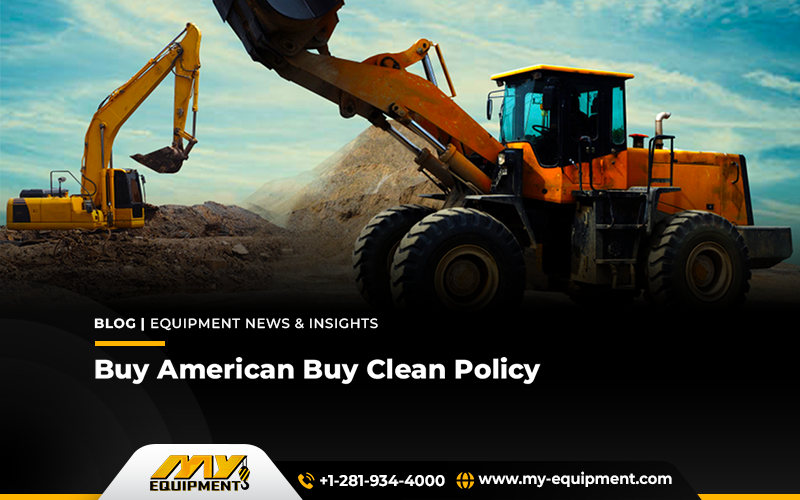The road construction projects are taking a toll. As per the Infrastructure Investment and Jobs Act, 30,000 new construction projects are in the pipeline for the U.S. market. The significant impact of this act is amplified by the states with increasing transportation, recurring, and user revenues as well as general fund aid.
However other metrics show a repetitive decline or delay in the construction of new projects due to inflationary pressure. Whereas the material cost, heavy equipment cost, and labor wages remain high. Now the main point is what’s making the construction costs touch the seventh sky? What is required to bring the costs down?
Although the construction prices are behaving well with an increase of 0.3% from Sept 2022 to Sept 2023. But after the vivid the overall supply chain moderations have caused an increase of 40% in the input costs.
The most elevating niche of construction is the road and highway construction projects. According to the U.S. Bureau of Labor Statistics, the prices for iron, asphalt, steel, and plastic conduits have lowered.
On the contrary, other construction commodities like heavy construction equipment and human resources remain high financially. This price decline is also observable in concrete mixtures, concrete blocks, aggregates, pavers, heavy equipment, as well as concrete pipe and bricks.
Buy American Buy Clean Policy Compliance with Environmental Product Declarations (EPD)
This topic greatly interests all paving contractors and heavy equipment suppliers. It is observed that contractors are shifting towards low-carbon emission campaigns, which will boost EPD compliance under the banner of the Buy American Buy Clean policy.
However, domains related to procurement, such as resource management, aggregates availability, project deliveries, and other aspects, are still subjected to the bus of conventional construction approaches.
Conversely, mix producers who have implemented EPD within their product deliveries are on the brighter side of meeting the main objective of the Buy American Buy Clean policy. Through the adoption of EPD within their product development sector, they are firstly benefiting contractors who practice green culture and secondly aiding pavement owners to rightly meet their goals.
Has the Buy American Buy Clean Policy Attained Its Goals Or Is It Falling Behind?
The industry is still at the nascent stage when it comes to the compliance of EPD with the Buy Clean policy. Less than 10% of plants for asphalt mix are present and only a handful number of contractors are integrating EPDs within the supply chain system.
However, 39 U.S. states sowed interest in EPD-inclined policies and mixed asphalt plants development.
Moreover, contractors and heavy machinery suppliers along with material producers are also stepping ahead with the following operations;
- Finding technology that best fits their interest
- Room to use RAP at a greater extent
- Better representation of their products in relevance to the environment benefits
- Implement energy-efficient mechanisms at their project sites
Additionally, the supply chain cycle plays an indisputable part in the compliance of the Buy American Buy Clean policy. But is the supply chain unit sufficient enough to meet the demands of policymakers in the construction and road building sectors?
Construction industries have stepped forward in adopting buy-clean regulations, and predictions suggest that this movement will push toward implementing EPDs to mitigate the existential gap.
There will be opportunities for material suppliers to create EPD-specific products as well as heavy equipment machinery to carry the material to desired projects safely.
As a consequence of the rising inclination of contractors towards the Buy American Buy Clean policy along with the EPD-specific product creations, NAPA is going all out to guide the upstream suppliers for better compliance.
Future Of Buy American Buy Clean Policies
We will see a rise in producers working hard to comply with buy-clean policies. Some ongoing advances in the warm-mix asphalt creation are already producing cleaner fuels, upgrading old batch plants, and electrifying asphalt plants in terms of heavy equipment upgrades.
The main idea of modern and existing contractors is now to shift towards productive and low-wastage counter-flow plants.
Moreover, the construction industry will adopt approaches supporting modern construction technologies that promote eco-friendly and sustainable structures for the upcoming generations to cherish for years.


 1400 Broadfield Blvd, Houston, TX 77084,
USA.
1400 Broadfield Blvd, Houston, TX 77084,
USA. omer@my-equipment.com
omer@my-equipment.com